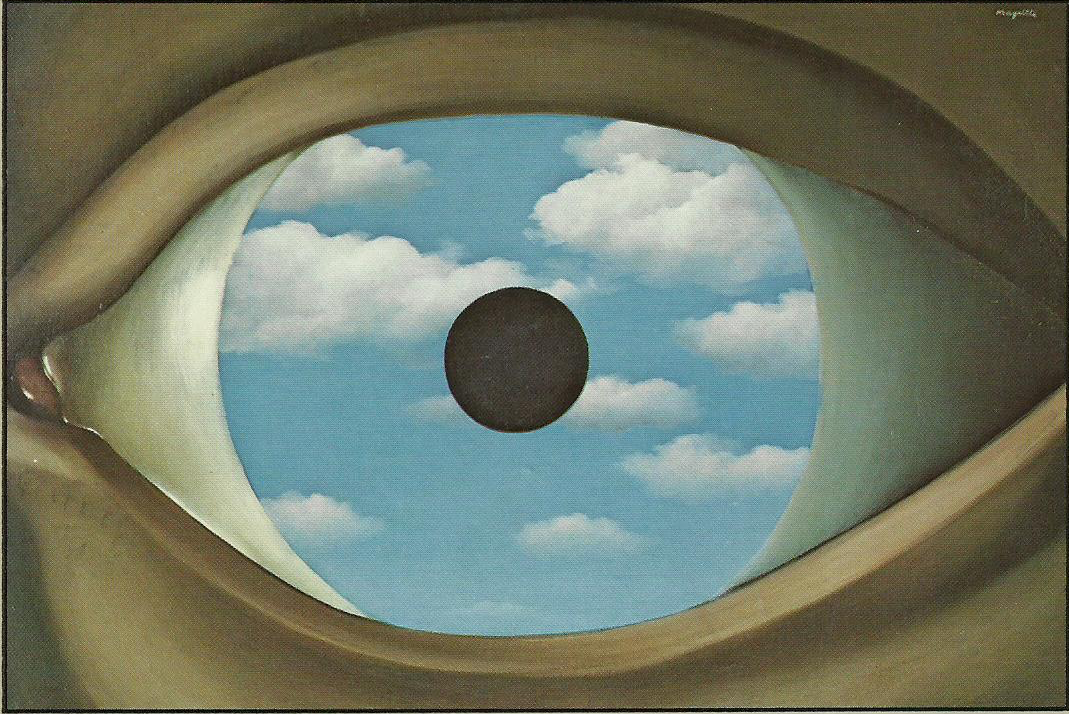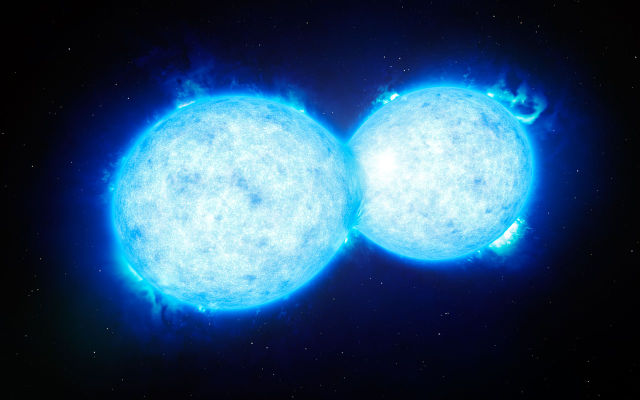

Recent years have seen a number of clever techniques for circumventing this limit, culminating in the 2014 Nobel Prize in Chemistry to Betzig, Hell, and Moerner for what is known as super-resolved fluorescence microscopy.
But these techniques rely on the ability to control the fluorescence of the molecules being studied, and are not applicable in all cases (certainly not when looking at distant stars, instead of a cell in a laboratory!).
In 2016, Tsang, Nair, and Lu had a major realization. Using ideas from quantum information science, they calculated the amount of information present in the light reaching a camera or a screen from a pair of sources (such as a binary star). What they found was startling. Despite the fact that once the sources got closer than Rayleigh's limit, the amount of information in the intensity I of the light reaching the camera started to drop to zero, this was not the whole story. Light is a wave, and to fully describe a wave, one must think about both its intensity and its phase. It turns out that once the phase information was included, Rayleigh's "curse" was dispelled -- no matter how close two sources are, one can get just as much information about their separation as if they were far apart.
When we are fortunate enough to look at well-resolved images, essentially all the available information is in the intensity of the light, and this is why we are used to discarding phase information when we take pictures. But Tsang et al.'s discovery showed us that for poorly-resolved spots, the light still carries just as much information; only to access the information, one must measure more than just the intensity.
In a paper published in Physical Review Letters on 15 February 2017, we demonstrated a particularly simple technique for extracting this phase information, and precisely measuring the separation between two overlapping spots, regardless of how close they are. We confirmed that we can outperform any technique which relies only on intensity, and approach the quantum limit. Several other groups have also implemented variants of this technique, and we believe that this may be just the start of a whole new paradigm for superresolution imaging, with a broad range of applications.
For Further Reading
|
Quantum Theory of Superresolution for Two incoherent Optical Point Sources, Mankei Tsang, Ranjith Nair, and Xiao-Ming Lu, Phys. Rev. X 6, 031033 (2016) Beating Rayleigh's Curse by Imaging Using Phase Information, Weng-Kian Tham, Hugo Ferretti, and Aephraim M. Steinberg, Phys. Rev. Lett 118, 070801 (2017) Mankei Tsang's FAQ about superresolution, including links to other theoretical and experimental work Physicists harness neglected properties of light, press release on our work, by Patchen Barss. Slides from my talk "From Tunneling Atoms to Thermalizing Photons to Peering at Binary Stars" at Quantum Optics VIII (Maresias, Brasil, October 2016), in which I try to present some simple arguments showing how to design an optimal imaging measurement, and why it beats straightforward intensity-imaging by so much. |

|